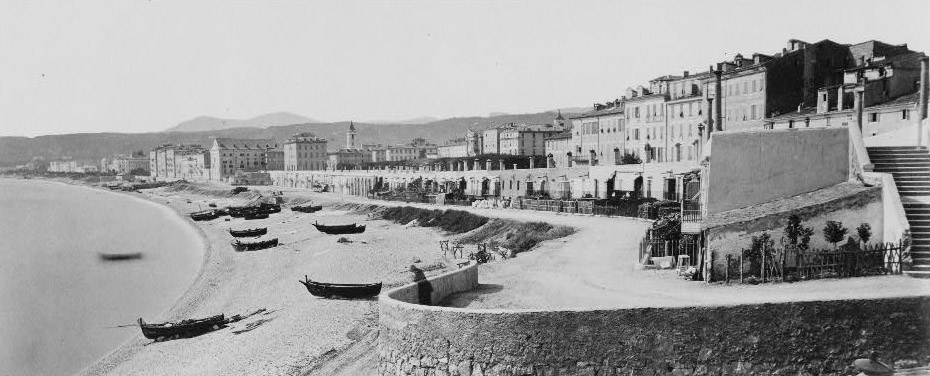
The places where L.O. Smith made business
Paris
Paris played an important role in L.O. Smith’s life for several reasons. In the 1860s, he made a major discovery here. In a book by Professor Angel Marvaud, he learned that impurities in spirits can be removed through a special distillation method using heat. As different compounds have different boiling points, it is possible to separate them when they are heated up. To establish how harmful the impurities were, Smith carried out a series of experiments in France and England. He also took the initiative for the world’s first alcohol congress, which took place in Paris on August 13, 1878. Later in life, Smith had an apartment in Paris on the prestigious Avenue de Bois de Boulogne by the Boulogner forest, where he would arrange popular gatherings with international guests. Furniture and other items from the Bolinderska Palace, his Stockholm apartment, were transported to Paris. Smith lived in his French residency with Anna Viktoria Kalldin, his daughter Mary’s young maid. On October 4, 1899, the couple got married. The wedding ceremony was performed by Nathan Söderblom, the future archbishop who was working as a priest at the Swedish church in Paris at this time.
Nice
During the 19th century, Nice on the French Riviera became a fashionable playground for aristocrats and wealthy business people. Artists and writers were also attracted to the city. The mild climate, the nightlife and the spas made it the perfect place for recreation, especially during the winter months. Royalty like the Russian Czar and England’s Queen Victoria often stayed in Nice for extended periods, which further increased its popularity. Smith visited Nice regularly, of course – it was the perfect place to mingle with existing and potential business partners from all over Europe. For some time, he lived at the bustling street Promenade des Anglais, overlooking the sea.
Cairo
Towards the end of the 19th century, North Africa and the Middle East were popular destinations for royalty and the nobility. Thanks to this newfound interest in the Orient, oriental rugs became a fashionable item in well-off homes. L.O. Smith took the opportunity to explore historical and mythical sites in the eastern Mediterranean. During one of his travels, he bought a dozen monkeys in Cairo, which were sent to England where they would be used for research. The purpose of the research was to find out how harmful it was to consume spirits with impurities.
St. Petersburg
During the late 1800s and early 1900s, Sweden and Russia developed their economic relations. Swedish entrepreneurs from different industries gathered in St. Petersburg, which was the Russian capital at this time. Two of the most well-known Swedish businessmen were Lidvall, the Tsar’s court tailor, and Bolin, royal warrant of jewelry. This development would come to an abrupt end with the Russian Revolution of 1917. L.O. Smith made several business trips to Russia. This is where he got the rectified spirit (base alcohol) he needed for his production plant in Sweden. In Russia he negotiated directly with the Russian Finance Minister as well as with Count Ignatiev, who managed a society that promoted Russian trade and industry.
Cádiz
Smith had a strong interest in Spain. He expected the Spanish market to play an important role in international trade of alcohol, and traveled to Cádiz and Tarragona several times to make business connections. Smith’s idea was to offer alcohol at a lower price than his German competitors. In 1883, he managed to establish a trade agreement between Spain and Sweden. He also persuaded the Spanish government to lower the tariffs on rectified spirit. In January 1885, he opened branches in Tarragona, Palma, Barcelona, Valencia, Cádiz, and San Sebastian. As a reward, he was granted membership as Commander of the Order of Isabella the Catholic. Three years later, the Spanish authorities introduced a new tax on spirits, which also applied retroactively to existing stock. The Spanish alcohol crisis was a hard financial blow for Smith. He transferred the management of the stores to the English banking firm Murrieta, which had been the biggest creditor, and spent the rest of this life trying to regain both his wealth and his reputation.

Madeira
Smith also traveled to the Portuguese island of Madeira, famous for its subtropical climate and rich flora. After developing a new steamboat line between Sweden and Portugal, he was awarded the highly regarded Portuguese Order of Christ.

